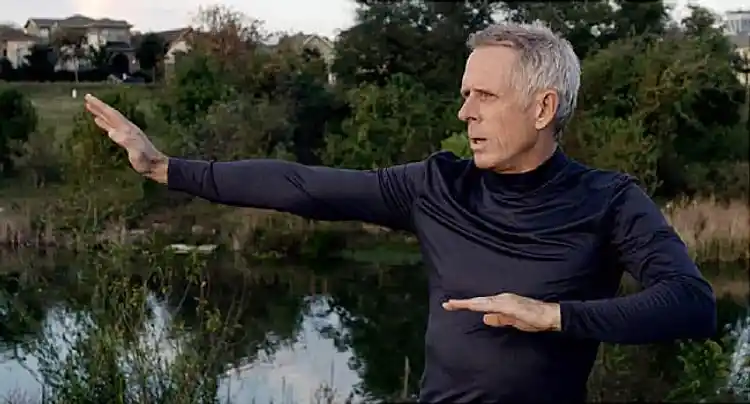Why Exercise Is Good for RA Pain Relief

Hide Video Transcript
Video Transcript
[MUSIC PLAYING]
Patients who have rheumatoid arthritis who are considering getting into an exercise routine should ask their physician, hey, what do you think I can do at this time? And do you think it's safe for me to go ahead and do this sort of activity? There's no one thing that fits every patient. It's what you enjoy doing, but we want you to be active. Some patients come in and get into a yoga routine. Some patients are doing tai chi. Any of these activities are very helpful for the long term.
If you like swimming, go swimming. If you like doing an elliptical, do an elliptical. So patients who, for example, may have flexion contractures in their hips and knees from long-standing rheumatoid arthritis, maybe they're not able to get out and move around a lot. Physical therapy would be of great benefit for such patients. Stretching out the fingers in the morning is also very helpful.
If a patient with rheumatoid arthritis is in a flare, and their joints are really inflamed and they're in a lot of pain, it may be hard to be able to exercise in those first couple of months. As the months go by and the arthritis gets under better control, usually with medication, then the patient will be able to do more activities. Just hang in there. Having a diagnosis of our age does not mean you need to be sedentary. In fact, it means the opposite. You need to continue to try to get into a regimen when it's feasible to be able to be active.
TINA C. BUNCH
Exercise and stretching is definitely critical for patients with rheumatoid arthritis because it helps increase their mobility. It prevents flexion contractures, joint contractures that can develop over time. When patients exercise, they have a release of endorphins, which are natural performance that the body makes that help mitigate and cut down pain as well. So it's a good pain reliever. Patients who have rheumatoid arthritis who are considering getting into an exercise routine should ask their physician, hey, what do you think I can do at this time? And do you think it's safe for me to go ahead and do this sort of activity? There's no one thing that fits every patient. It's what you enjoy doing, but we want you to be active. Some patients come in and get into a yoga routine. Some patients are doing tai chi. Any of these activities are very helpful for the long term.
If you like swimming, go swimming. If you like doing an elliptical, do an elliptical. So patients who, for example, may have flexion contractures in their hips and knees from long-standing rheumatoid arthritis, maybe they're not able to get out and move around a lot. Physical therapy would be of great benefit for such patients. Stretching out the fingers in the morning is also very helpful.
If a patient with rheumatoid arthritis is in a flare, and their joints are really inflamed and they're in a lot of pain, it may be hard to be able to exercise in those first couple of months. As the months go by and the arthritis gets under better control, usually with medication, then the patient will be able to do more activities. Just hang in there. Having a diagnosis of our age does not mean you need to be sedentary. In fact, it means the opposite. You need to continue to try to get into a regimen when it's feasible to be able to be active.
